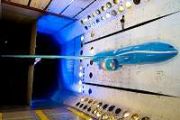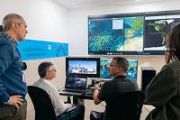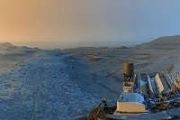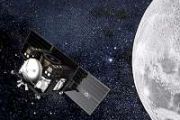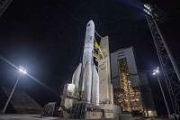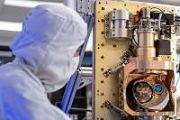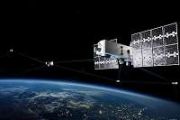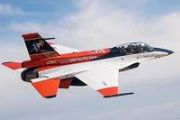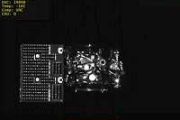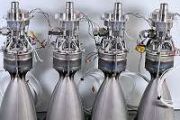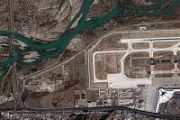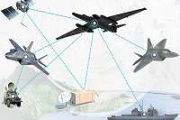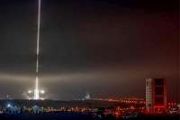
Copernical Team
Musk's Starship set for launch after Bezos orbital triumph
This request seems a bit unusual, so we need to confirm that you're human. Please press and hold the button until it turns completely green. Thank you for your cooperation!
Press and hold the button
If you believe this is an error, please contact our support team.
185.132.36.159 : 54b11211-b2de-49e8-8a9f-0e9a1060
Hubble traces hidden history of the Andromeda Galaxy

The largest photomosaic of the Andromeda galaxy, assembled from NASA/ESA Hubble Space Telescope observations, unveils hundreds of millions of stars. It took more than 10 years to collect data for this colorful portrait of our neighbouring galaxy and was created from more than 600 snapshots. This stunning, colourful mosaic captures the glow of 200 million stars, and is spread across roughly 2.5 billion pixels.
UK approves first vertical rocket launch
This request seems a bit unusual, so we need to confirm that you're human. Please press and hold the button until it turns completely green. Thank you for your cooperation!
Press and hold the button
If you believe this is an error, please contact our support team.
185.132.36.159 : de6cb945-06c2-4a3e-aa65-7f4707fc
NASA's stuck astronaut steps out on a spacewalk after 7 months in orbit
This request seems a bit unusual, so we need to confirm that you're human. Please press and hold the button until it turns completely green. Thank you for your cooperation!
Press and hold the button
If you believe this is an error, please contact our support team.
185.132.36.159 : 72c72d96-3b8e-4ac9-80a5-5e247815
Jeff Bezos' New Glenn rocket reaches orbit on first test flight
This request seems a bit unusual, so we need to confirm that you're human. Please press and hold the button until it turns completely green. Thank you for your cooperation!
Press and hold the button
If you believe this is an error, please contact our support team.
185.132.36.159 : 5df10b0c-bc8f-423b-85a3-e1920c27
NASA's Pandora mission one step closer to probing alien atmospheres
This request seems a bit unusual, so we need to confirm that you're human. Please press and hold the button until it turns completely green. Thank you for your cooperation!
Press and hold the button
If you believe this is an error, please contact our support team.
185.132.36.159 : a0b25c61-e6de-4ae9-a1f6-e928f20d
Blue Origin's New Glenn rocket blasts into orbit for first time
This request seems a bit unusual, so we need to confirm that you're human. Please press and hold the button until it turns completely green. Thank you for your cooperation!
Press and hold the button
If you believe this is an error, please contact our support team.
185.132.36.159 : bc100757-3f1b-4da3-afa1-b1078f4f
2 private lunar landers head toward the moon in a roundabout journey
This request seems a bit unusual, so we need to confirm that you're human. Please press and hold the button until it turns completely green. Thank you for your cooperation!
Press and hold the button
If you believe this is an error, please contact our support team.
185.132.36.159 : 606d0bbb-8c1e-43af-b8a2-42e931a5
Malargüe: A satellite dish best served cold

A capacity increase by almost 80%! In late July 2024, the Malargüe deep-space communication station completed an important upgrade of its antenna feed that will allow missions to send much more data back to Earth.
Mars plays hide and seek with Wolf Moon
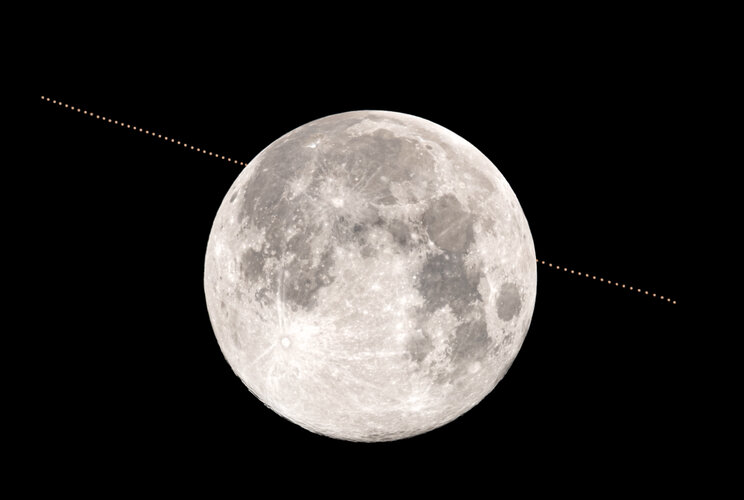 Image:
Mars plays hide and seek with Wolf Moon
Image:
Mars plays hide and seek with Wolf Moon 





